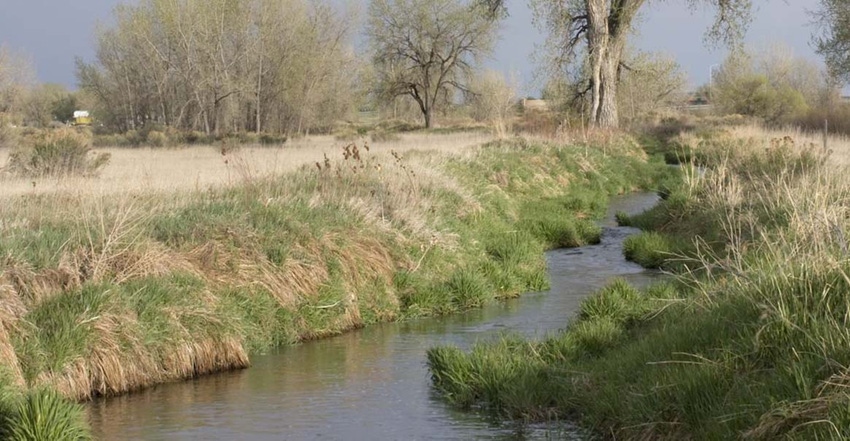
Heritage Foundation’s Blueprint for Agricultural Policy declares “…the overreach and scope of environmental regulations is inflicting serious harm on farmers and ranchers alike. Section 8 of the Blueprint examines and evaluates government regulatory obstacles that harm farmers and ranchers. No surprise that Heritage attacks EPA for attempting to override the rights of states, which have the responsibility to limit farmland pollution and develop restoration and preservation plans.
EPA has already beaten agricultural interests (American Farm Bureau) in the 3rd Circuit Court of Appeals, which gives EPA the authority to determine if farming can even be allowed in certain areas of the Chesapeake Bay.
Former USDA Secretary, Jack Block, is quoted in the Heritage report, “In a matter of days or at most weeks the Environmental Protection Agency (EPA) could become our national zoning board.” The former USDA Secretary described one county in West Virginia where significant amounts of farmland will have to be removed from production. This is regulation run amok.
WOTUS rewrite
EPA’s Waters of the United States (WOTUS) rule was clearly a power grab for control over more land and water. This rule has been covered extensively in this space and described as a regulatory overreach where a jurisdictional water on a farm or ranch would be required to obtain costly permits if an action affected the waters. Even plowing one’s land, as we have seen in the Duarte case in California, where one court said soil on your farm equals dredged material and the plowing is regulated. (Duarte faces $30 million in mitigation costs for plowing a vernal pool!)
The late Justice Scalia, in the Rapanos v. United States, provided interesting statistics regarding the obtaining of a Clean Water Act (CWA) Section 404 dredge permit. He wrote, “The average applicant for an individual permit spends 788 days and $271,596 in completing the process, and the average applicant for a nationwide permit spends 313 days and $28,915-not counting costs of mitigation or design changes.”
It appears none of this will come to pass because EPA, under the Trump administration, is rumored to be rewriting WOTUS and will, I hope, severely restrain EPA and the Corps of Engineers from undertaking this outlandish effort.
Heritage takes aim at Endangered Species Act
Heritage claims the Endangered Species Act (ESA) has been a terrible failure and tramples on farm and ranch property rights. There is support in the United States that we should protect endangered and threatened species. Heritage claims 1,585 species and 661 foreign species are endangered. Heritage suggests that farmers and ranchers need to be compensated when an endangered species is found on their property. It asserts the federal government requires the property owner to bear all the harm and costs. Heritage suggests property owners ”…need to be compensated for restrictions placed on the use of their land, as they have not created any harm…”
Critical of Bureau Land Management, Forest Service
The Heritage Blueprint is extremely critical of the Department of Interior’s Bureau of Land Management (BLM) and USDA’s Forest Service. BLM manages 139 million acres, and the Forest Service manages 93 million acres. Heritage claims the federal government does a terrible job managing its lands.
In fact, it says “…federal administration and management of public grazing lands is broken.” It asserts from 2009-2013 “…federal lands held by the BLM and Forest Service…lost taxpayers nearly $2 billion a year on average, while state trust lands…earned taxpayers $200 million.” As you can see, federal lands lost about $4.38 per acre while lands managed by states earn almost $35.00 per acre. State trust lands turn a profit.
It is time for the new USDA and Interior Secretaries to stop this financial hemorrhaging and let others manage BLM and Forest Service land. One startling statistic cited by Heritage is that “The work ranchers do to maintain [federal] land saves the Bureau of Land Management approximately $750 million in taxpayer dollars each year.”
On the surface, it appears Heritage hits a home run on the managing of federal lands. With new management at Interior and USDA, let’s hope this government travesty is reversed.
The opinions of the author are not necessarily those of Farm Futures or Penton Agriculture.
About the Author(s)
You May Also Like




